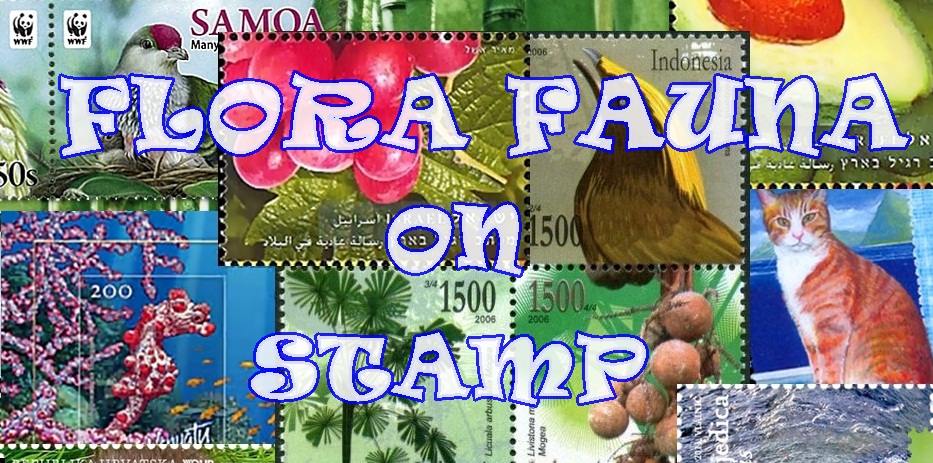The Postal Administration of the Czech Republic issued a single stamp features the young animal, the European hamster or Cricetus Cricetus on June 15, 2011 .
The European hamster (Cricetus Cricetus) is a species of hamsters relative to voles and have prominent distinguishes are a medium-sized, stout-bodied animal with short legs. The tail is short and furred.Unlike a marmot, the European hamster is more colourful, with yellow to orange brown dorsal fur with black ends, and a dark brown to black chest and belly. The top head fur is reddish, with white or yellow patches behind the ears and on the nose (and on the front legs). The animal changes its rather thick coat colour once a year.
The European hamster is a nocturnal species. It is an excellent runner and jumper. It lives in separate burrows, consisting of tunnels 6-8 cm in diameter, nesting chamber, hibernating chamber, food and storage chambers and droppings chamber. It can burrow as deep as 2 meters in winter months when it hibernates. The European hamster's diet consists of grains, seeds, plants, insects and baby young nesting birds.
It is native to a large area extending from south-west Siberia (the Yenisey river) to Belgium and north-east France. It started spreading from its original habitat on steppes into central Europe during the extensive deforestation period, significantly earlier than marmots; its remains were found on neolithic archaeological sites dating back some 6-7 thousand years.
In the Czech Republic it lives in an open landscape. The population has been steadily increasing, reaching very high levels in some regions (around the Labe River, in south Moravia, etc.), although its occurrence in areas more than 500-600 meters above the sea level is rather rare.




